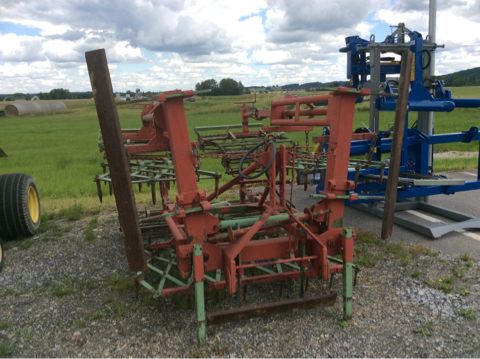
3.000 €incl. VAT/ mediation
- 4 cm
Schreiber 4m seedbed combination with Euroklappung.For further questions I am always happy to help. Soil tillage equipment Harrows
Leutgeb GmbH
4252 Liebenau, Austria

Premium Plus dealer

3.000 €incl. VAT/ mediation
Schreiber 4m seedbed combination with Euroklappung.For further questions I am always happy to help. Soil tillage equipment Harrows
Leutgeb GmbH
4252 Liebenau, Austria

Premium Plus dealer
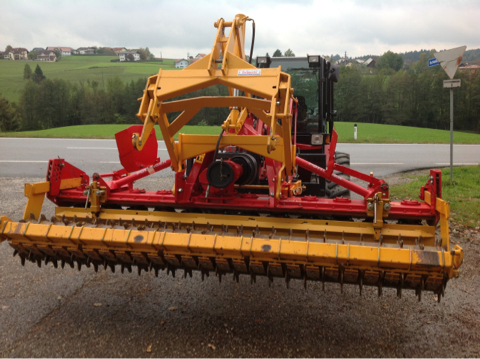
Price on request
LKRS rotary harrow with piggyback and packer roller, top condition Soil tillage equipment Harrows
Landtechnik Zechmeister GmbH & Co KG
4792 Münzkirchen, Austria

Premium Plus dealer
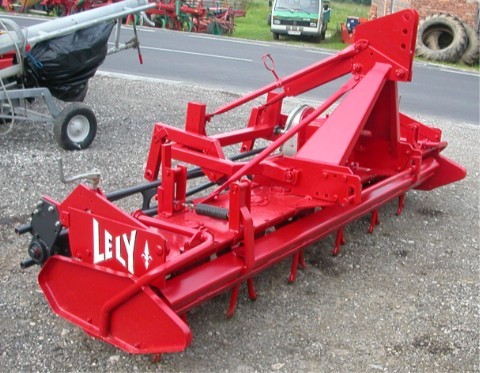
2.990 €incl. VAT/ mediation
Lely rotary harrow 300--20 very good condition with bar roller u. mech seed drill attachments new teeth new bearings Soil tillage equipment Harrows
Mair Landmaschinen
4550 Kremsmünster, Austria
17-06-2005 09:08
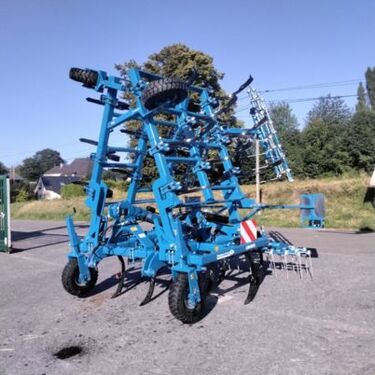
Price on request
OFFRE EXCEPTIONNELLE SUR LES LIBORTOS RELIGIEUX NEUFSTOUTES LARGEURS CONFONDUES: 3M30 - 4M - 5M10 - 6MDANS LA LIMITE DES STOCKS DISPONIBLES Soil tillage equipment
INTER BUSINESS FR
08220 SEVIGNY WALEPPE, France

Premium Plus dealer
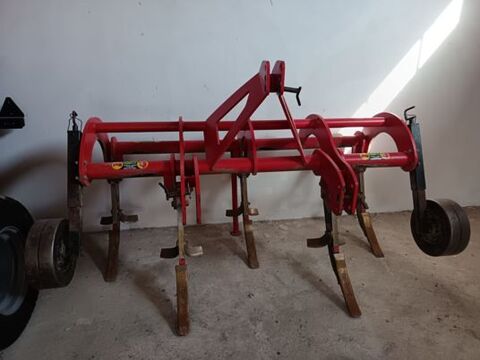
Price on request
mt. 2, 50, esplosori, coppia ruota, 5 ancore, anno: 2020 BELLO! Soil tillage equipment Subsoilers
Premium Gold dealer
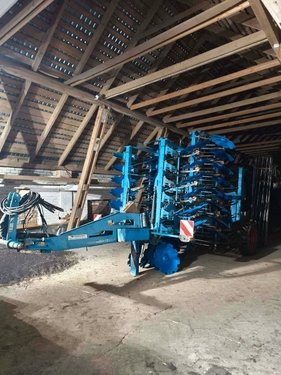
24.900 €
uued kettaid, teine pakker kaasa Soil tillage equipment Rotary cultivators
Tatoli AS
62207 Tartu maakond, Estonia
Premium Plus dealer
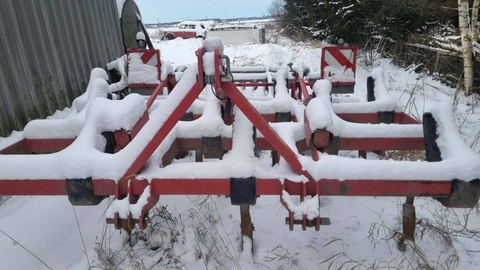
Tatoli AS
62207 Tartu maakond, Estonia
Premium Plus dealer
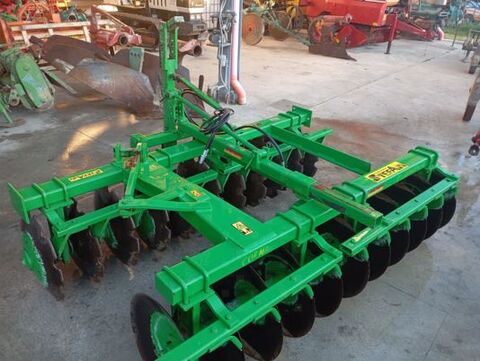
Price on request
Frangizolle a dischi offset doppia traversa con apertura idraulica adatto alla minima lavorazionePeso 1034 kg22 dischi (11 lisci + 11 dentati ) con diametro 610
Macchine Agricole Stefani Luciano
47864 Pennabilli, Italy

Premium Plus dealer
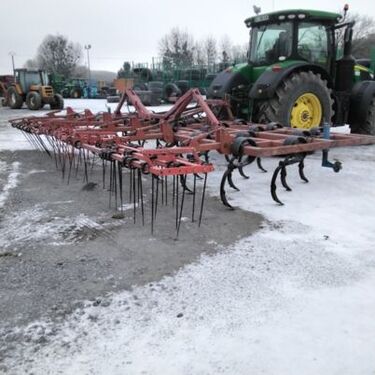
Price on request
30 DENTS3 RANGÉES DE PEIGNE Ø Soil tillage equipment Cultivators
INTER BUSINESS FR
08220 SEVIGNY WALEPPE, France

Premium Plus dealer
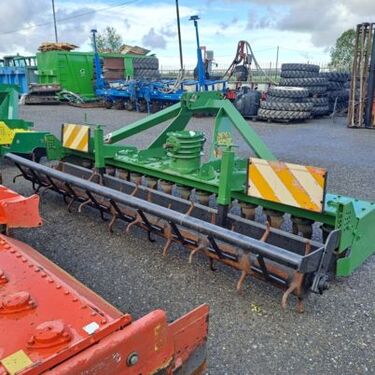
agribertocchi
25030 ORZIVECCHI, Italy
Premium Plus dealer
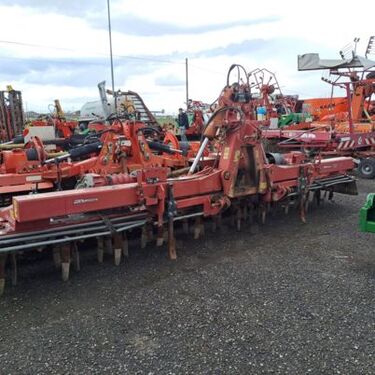
agribertocchi
25030 ORZIVECCHI, Italy
Premium Plus dealer
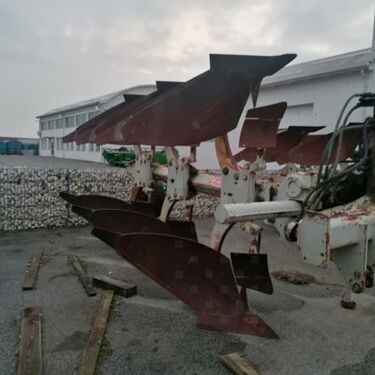
Price on request
ARATRO ERMO TRI VOMERE Soil tillage equipment Ploughs
agribertocchi
25030 ORZIVECCHI, Italy
Premium Plus dealer
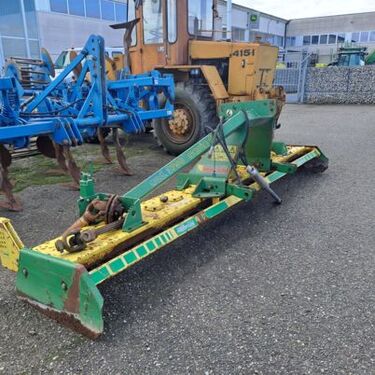
Price on request
RIMASTA SOLO LA BARRA . E' SPROVVISTA DI DENTI ROTANTI. DA RICONDIZIONARE Soil tillage equipment Harrows
agribertocchi
25030 ORZIVECCHI, Italy
Premium Plus dealer
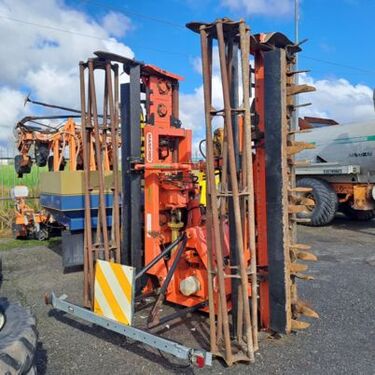
agribertocchi
25030 ORZIVECCHI, Italy
Premium Plus dealer
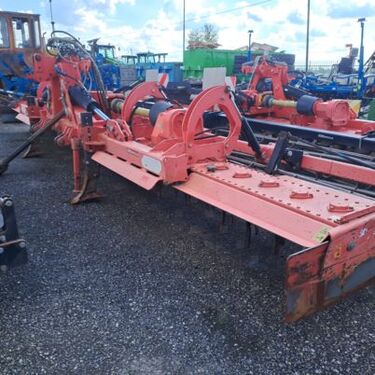
Price on request
VENDUTA SENZA BRACCI IDRAULICI CONTRARIAMENTE A QUESTO RIPORTATO NELLE FOTOGRAFIE Soil tillage equipment Harrows
agribertocchi
25030 ORZIVECCHI, Italy
Premium Plus dealer
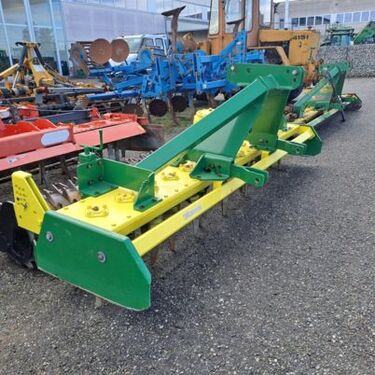
agribertocchi
25030 ORZIVECCHI, Italy
Premium Plus dealer
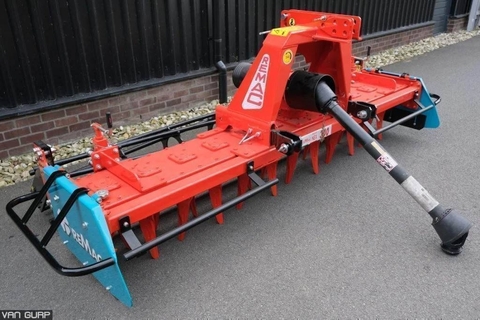
G.J. van Gurp B.V.
8131 S Wijhe, Netherlands
14 hrs online
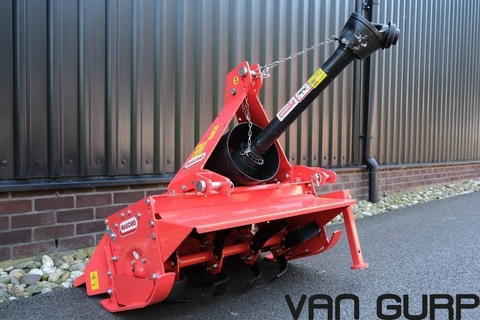
G.J. van Gurp B.V.
8131 S Wijhe, Netherlands
14 hrs online
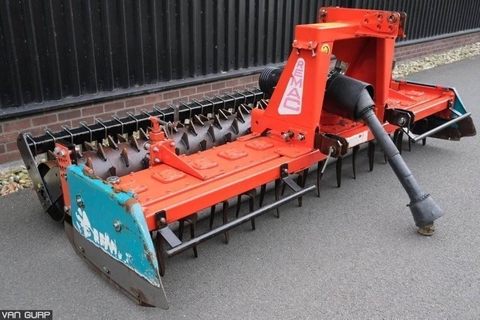
G.J. van Gurp B.V.
8131 S Wijhe, Netherlands
14 hrs online

Price on request
mt. 3, 60, a 3 sezioni, apertura e chiusura idraulica, ruote di appoggio, anno:2007 Soil tillage equipment Cultivators
Premium Gold dealer
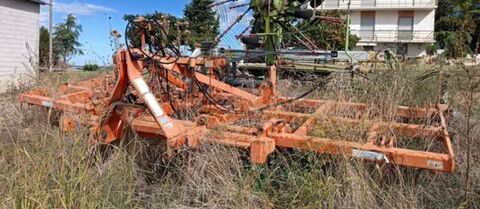
Price on request
mt. 5, 00, 3 file, doppio rullo motrice idraulico, anno:2016 Soil tillage equipment Subsoilers
Premium Gold dealer
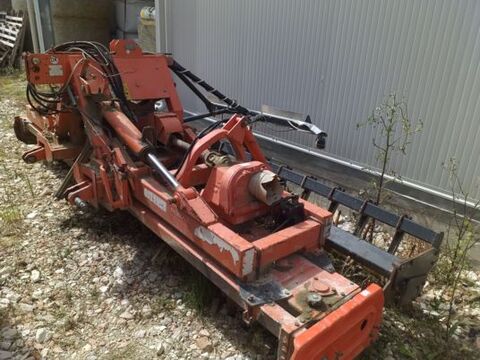
Price on request
RIPIEGHEVOLE IDRAULICO, RULLI IDRAULICI A SPUNTONI, CARDANO Soil tillage equipment Harrows
Premium Gold dealer
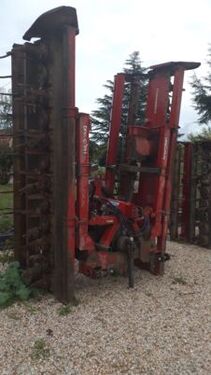
Price on request
mt. 6.00 -c/rullo a spuntoni + cardano -anno: 2002- Soil tillage equipment Harrows
Premium Gold dealer

Price on request
CARDANO, RULLO A SPUNTONIBELLISSIMO! Soil tillage equipment Harrows
Premium Gold dealer
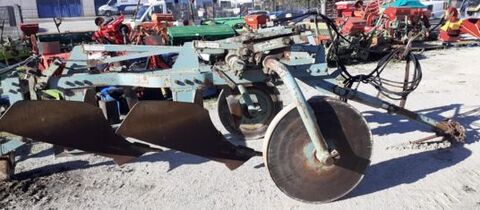
Price on request
3' RUOTA IDRAULICA, PORTATA IDRAULICA, PISTONE IDRAULICO SU TIMONEBELLO! Soil tillage equipment Ploughs
Premium Gold dealer
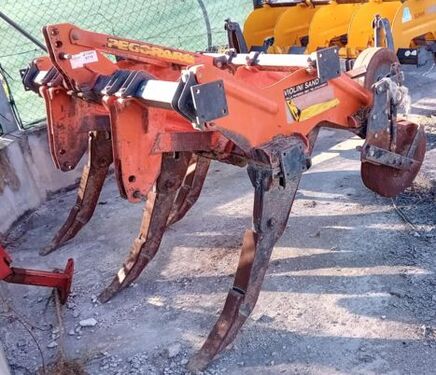
Premium Gold dealer
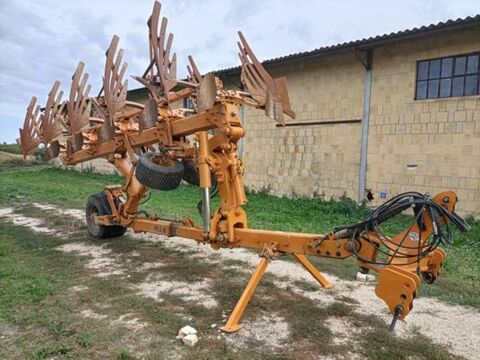
Price on request
REVISIONATO!PENTAVOMERE a STRISCE, REVERSIBILE, ENTRO E FUORI SOLCO, n.5 CORPI a STRISCE + FLANGIA, COLTRE SOMMERSA ULTIMO CORPO, AVANVOMERI, REGOLAZIONE IDRAULICA
Premium Gold dealer

Price on request
mt. 2, 50, 5 ancore, esplosori, coppia ruote, anno: 2002 Soil tillage equipment Subsoilers
Premium Gold dealer
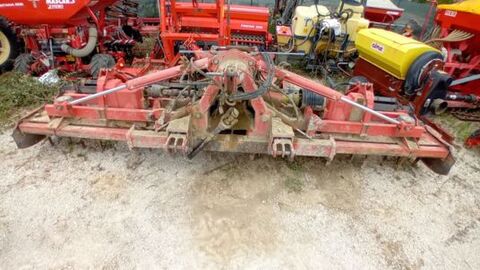
Price on request
5 MT, RULLO A SPUNTONI, CARDANO, ANNO 2003, REVISIONATO! Soil tillage equipment Harrows
Premium Gold dealer

Price on request
2, 50 MT, CARDANO, RULLO A SPUNTONI Soil tillage equipment Harrows
Premium Gold dealer
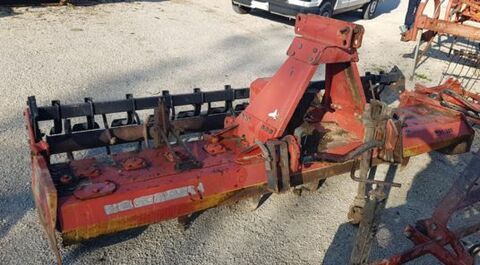
Price on request
mt. 3.00 -rullo spuntoni, cardano, lama livellatrice -anno: 1999- Soil tillage equipment Harrows
Premium Gold dealer

Price on request
mt. 3.00, con cardano, rullo a spuntoni, sollevatore posteriore Soil tillage equipment Harrows
Premium Gold dealer

Price on request
reversibile, trivomere, entro solco, portata variabile idraulica, ruota in gomma reversibile, anno:2005 BELLO! Soil tillage equipment Ploughs
Premium Gold dealer
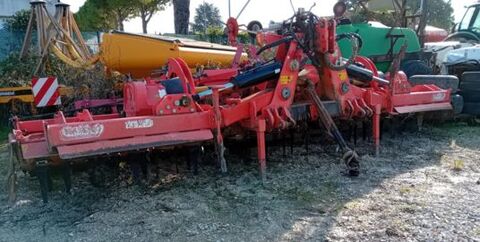
Price on request
mt. 5.00, con rullo idraulico a spuntoni, cardano, rompitraccia, coltelli nuovi -anno: 2013- Soil tillage equipment Harrows
Premium Gold dealer

Price on request
mt. 5.00, cardano, coltelli a sgancio rapido, rullo a spuntoni, peso: 26.50 Q.li, anno: 2005 BELLO! Soil tillage equipment Harrows
Premium Gold dealer
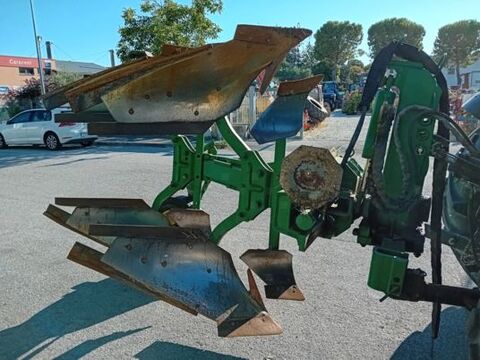
Price on request
bivomere, reversibile, ruota di profondità, avanvomeri, portata variabile mecc., slitta idr. anteriore -peso: 10 Q.li circa -per cv 100-120 BELLO! Soi
Premium Gold dealer
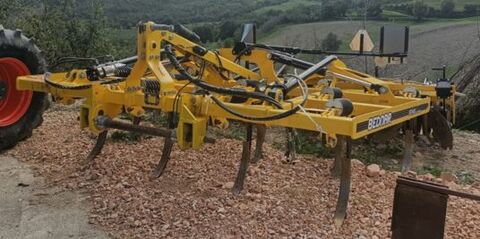
Price on request
4 MT , PUNTE NUOVE , BELLO! Soil tillage equipment Harrows
Premium Gold dealer
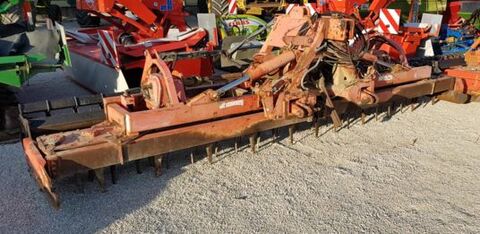
Price on request
mt. 5.00 -c/rullo spuntoni c/regolazione idr., cardano- anno: 1996 Soil tillage equipment Harrows
Premium Gold dealer
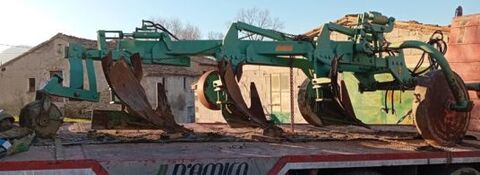
Price on request
trainato carrellato dx, idraulico, x 160 cv cingolato, anno: 1996 Soil tillage equipment Ploughs
Premium Gold dealer

Price on request
trivomere, dx, portato, fisso, x cv 130-150 Soil tillage equipment Ploughs
Premium Gold dealer
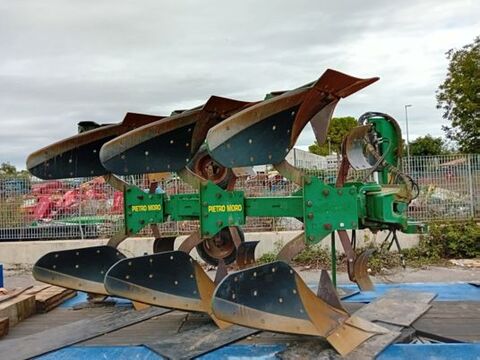
Price on request
TRIVOMERE REVERSIBILE, ENTRO E FUORI SOLCO, PORTATA VARIABILE IDRAULICA, DOPPIA RUOTA IN GOMMA, FLANGIA 2+1, CORPI IN TEFLONBELLO! Soil tillage equipment Ploughs
Premium Gold dealer
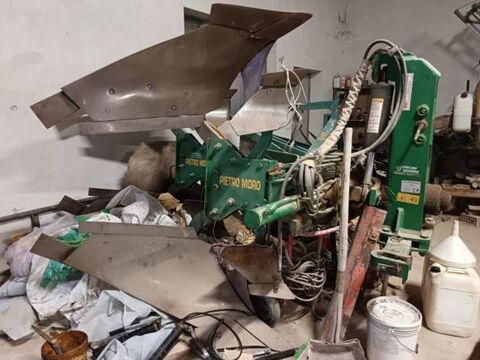
Price on request
BIVOMERE REVERSIBILE , PORTATA VARIABILE IDRAULICA, ENTRO SOLCO, SLITTA ANTERIORE, RUOTA IN GOMMABELLISSIMO! Soil tillage equipment Ploughs
Premium Gold dealer
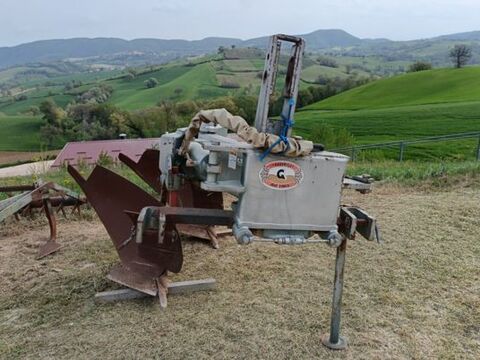
Price on request
BIVOMERE DX , NON REVERSIBILE IDRAULICO Soil tillage equipment Ploughs
Premium Gold dealer
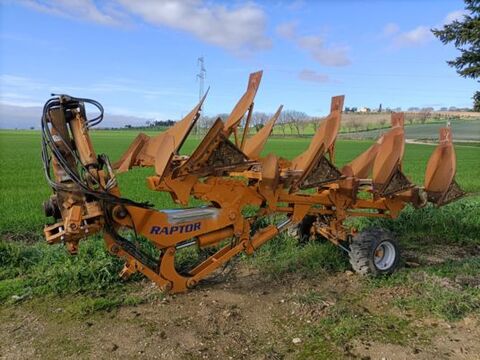
Price on request
QUADRIVOMERE REVERSIBILE , ENTRO E FUORI SOLCO, PORTATA VARIABILE E INCLINAZIONE IDRAULICA, CARRELLO DI TRASPORTO, CORPI E PARTI DI USURA CON MEZZA CAMPAGNA! Soil til
Premium Gold dealer

Price on request
mt. 5.30 -rullo a gabbia -anno: 2018- peso: Q.li 34 BELLO! Soil tillage equipment Harrows
Premium Gold dealer
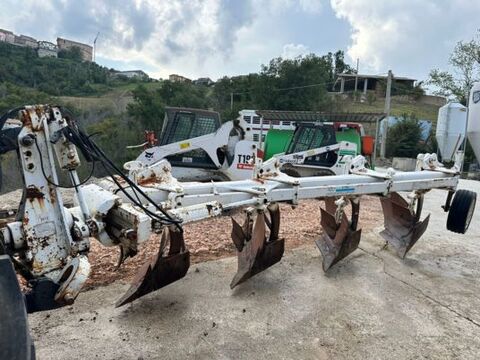
Price on request
QUADRIVOMERE DX, ENTRO-SOLCO, NON REVERSIBILE, PORTATA IDRAULICA, RUOTA IN GOMMA Soil tillage equipment Ploughs
Premium Gold dealer
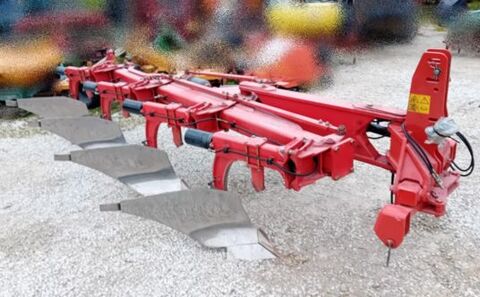
Price on request
right four plow, in and out of furrow, hydraulic variable flow, non-reversible, rubber wheel, 3+1 flange, no-stop -year: 2005- Soil tillage equipment Ploughs
Premium Gold dealer
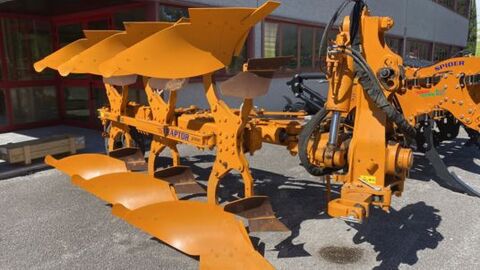
Price on request
trivomere, reversibile, entro.fuori solco, ruota di trasporto, vergogli nuovi, anno: 2020 Soil tillage equipment Ploughs
Premium Gold dealer
Hit 1 - 48 from 209 (Page 1 from 5)
1. Plow
The plow is one of the oldest tillage tools and is used to turn and loosen the soil. It is often used to plow under crop residues and control weeds.
A cultivator is used to loosen the soil without turning it. It is used in shallow and deep tillage and is ideal for preparing the soil for sowing.
The harrow is used to level the soil surface and break up clods. There are different types of harrows, such as the spring tine harrow or the disc harrow, which are suitable for different soil types and applications.
This tool loosens the soil and mixes crop residues. It is particularly useful for heavier soils and can be used at different working depths.
The rotary harrow is a rotating tillage implement that finely crumbles and levels the soil at the same time. It is often used for seedbed preparation.
The mulcher shreds plant residues or grassland and distributes the shredded material evenly over the soil, which contributes to humus formation.
These implements rotate horizontally and are particularly suitable for fine soil cultivation. They ensure even mixing and fine crumbling of the soil.
Tillers are used to loosen and mix the soil. They work intensively and are suitable for heavier soil work, e.g. before planting gardens or certain crops.